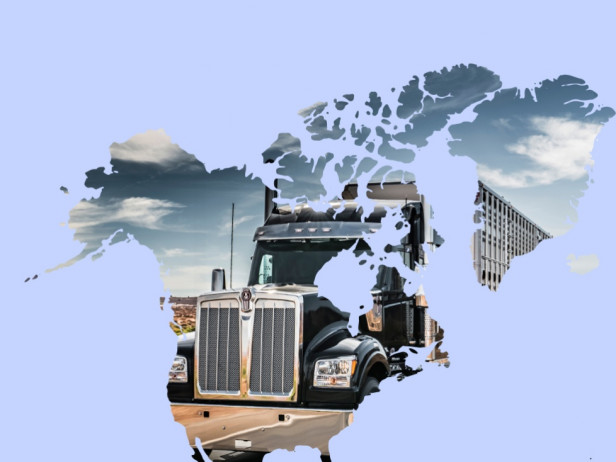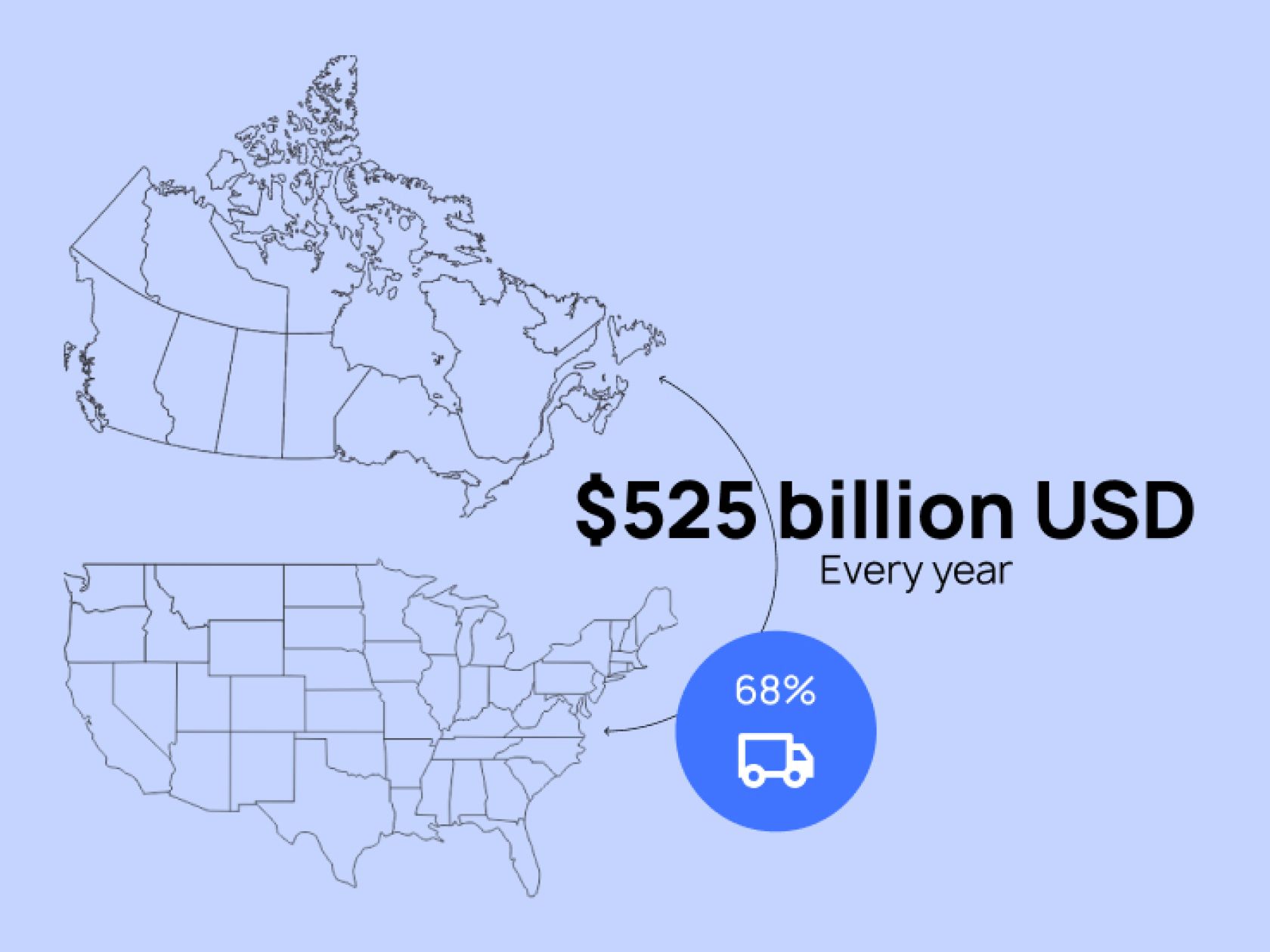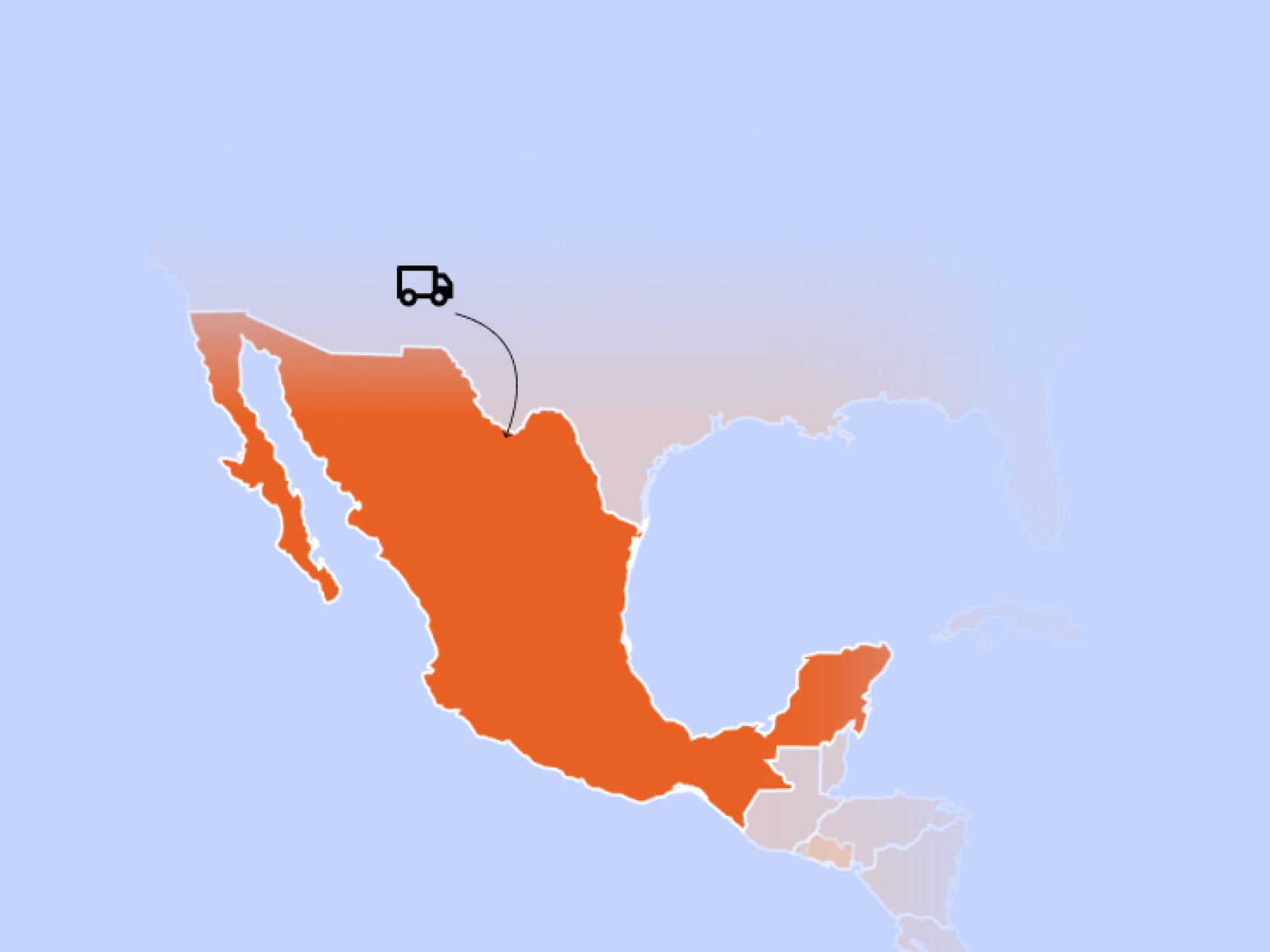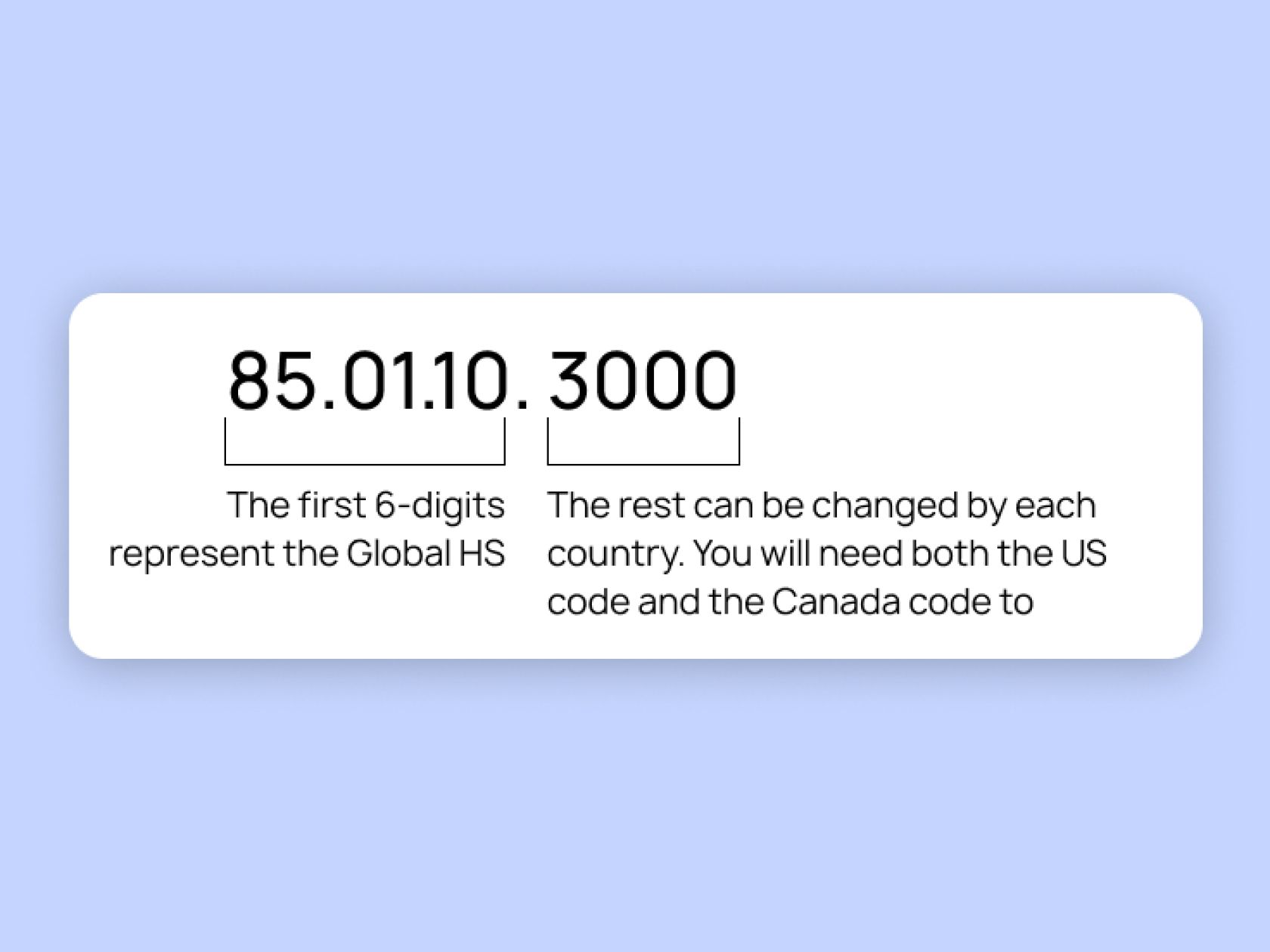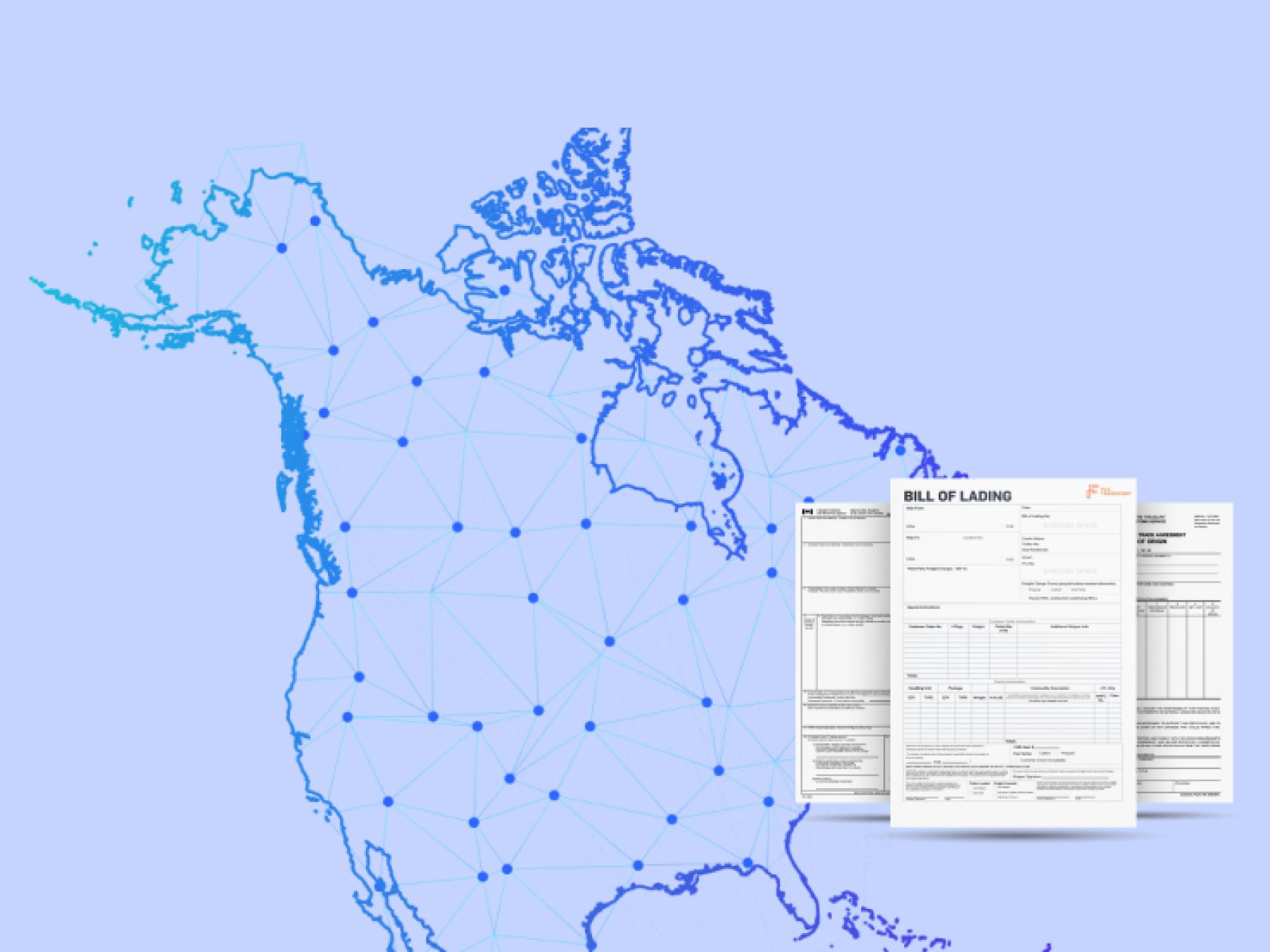Every year there is a $525 billion USD cash turnover between the two neighboring countries and 68% of this amount is transported through freight. This was the 2020 statistic, the year of the first wave of the pandemic. It is predicted that these numbers will only increase further in the future.
The freight traffic between these countries is a titbit for both brokers and logistics companies. Every day, more than 30,000 trucks move between the two countries. But to start transporting personal food and drink across our Canada border, there must be a number of permits and special documents.
Let's take a look now at what documents and permits will be required for transport between countries, and what common transport mistakes are worth avoiding.
Primary documents for crossing the border
In order to cross the US-Canada border with cargo, a large list of documents is required. In addition to the basic set of documents that drivers must have, such as a DOT inspection, a certificate for work, and of course a driver's license, the driver must provide some special documents at the border.

Common Certifications
The first thing your driver will be asked for when crossing the US-Canada border is a Bond, authorizing the export of goods. This can be obtained from Canadian Customs at the point of crossing. The Canada Border Services Agency issues the Bond forms.
The driver must also have an IRP registration protocol. This protocol indicates an agreement for mutual registration between the neighboring provinces of the United States and Canada.
The principle of the IRP protocol is as follows – one truck can only be registered in one state. Therefore, each vehicle needs only one IRP or PRP number. In addition to this protocol, the driver must have a CIP card that lists the jurisdictions in which the truck is valid for business and also what weight it is registered to carry in that state.
To obtain this document, you must go to the registration office in the state in which your business is registered. The certificate needs to be renewed every year and costs approximately $2,000.
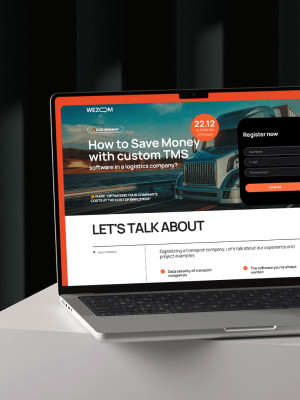
Rate code
A tariff code is a code for each individual product, registered and documented by the system (HS). The first 6 digits of each such code are the same in all countries, the rest can be changed by each country. You will need both the US code and the Canadian code to cross the border.
Ask your customs broker to correctly explain to you how to declare your goods and what duty to pay.
Canadian Border Patrol (PARS/PAPS)
To avoid standing long at the border, a broker can also use the Pre-Arrival Review System (PARS) at the Canadian border. This allows Canadian border officials to get through the border more quickly. It enables a trader to see the goods before they arrive at the border.
The same option is available at the US border, and this system is called PAPS, or Pre-Arrival Processing System.
Cross border trucking requirements: what not to do while crossing
You now know what basic documents are needed for U.S. customs and border transporting vehicles from Canada to the USA. You can also get more detailed information from your broker, who will tell you what additional documents are needed for any particular goods you are carrying.
Now we should tell you some basic tips to help you cross the border in 2022.
1) Pay close attention to the information on the commercial invoice and the BOL. When the information does not match in both documents, it may not only cause problems at customs but also problems when clearing the vehicle.
2) Take into account transit time. A common mistake of brokers is not to take into account dwell time at the border. This often results in customer dissatisfaction with the fact that the truck did not arrive with the cargo on time.
3) Waiting too long for the customs broker. The customs broker's waiting time should not be too long, as this can significantly affect the delivery time of the consignment.
Be ready for the new ways of shipping!
Don't be afraid to discover new delivery routes in your trucking business! Many trucking companies, after discovering a new destination in Canada, start thinking about other destinations, more southward. So once the border with Canada is no longer something intimidating for you, you can think about the border with Mexico.
